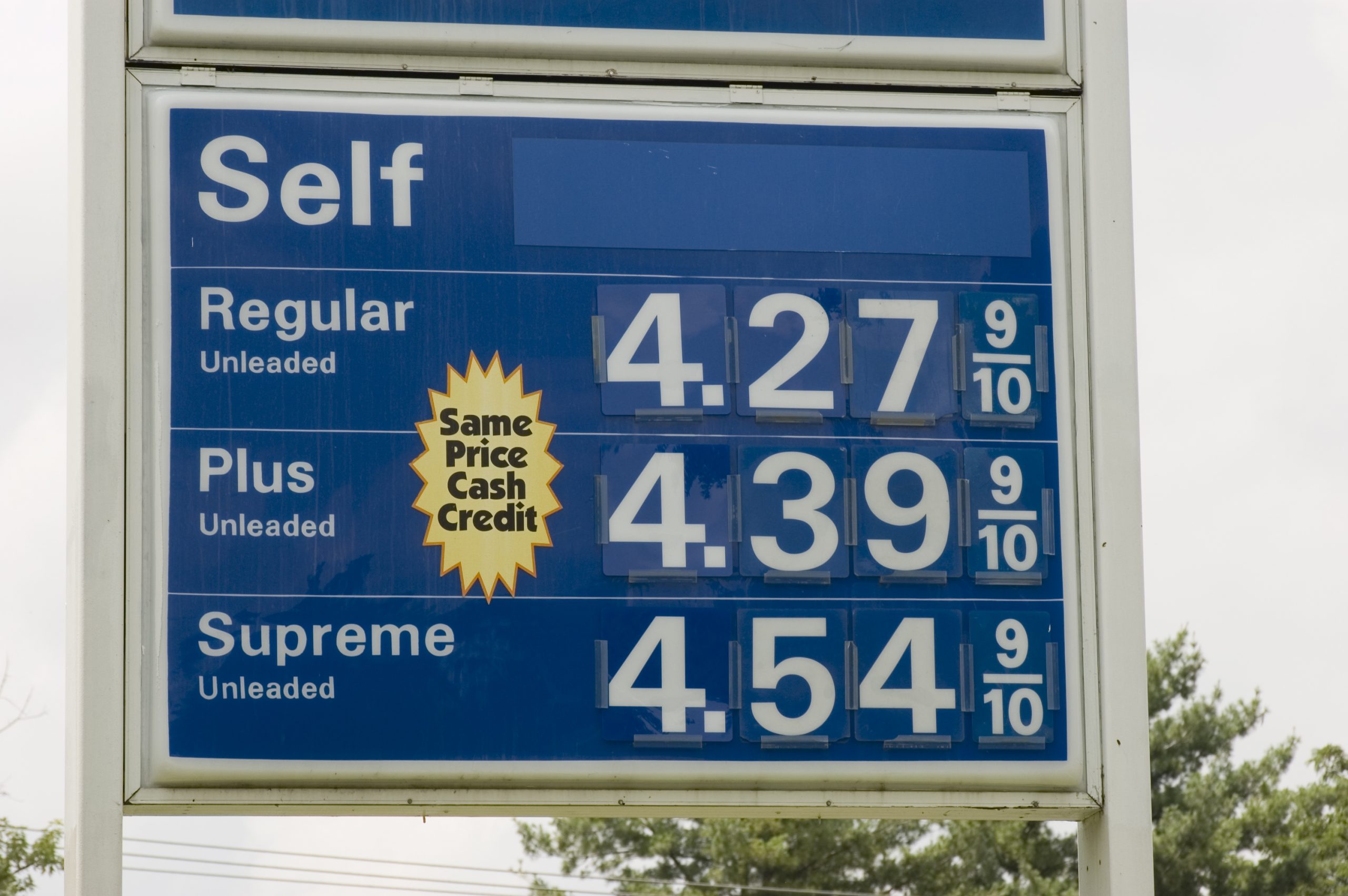Nowadays, people all over the world are facing extreme weather events, rising energy prices, and unusual low or high temperatures. The world is in an energy crisis as too much carbon-producing energy is used which is triggering the global warming and leading to drastically shrinking fossil fuels deposits; a development which will deteriorate over the next years as the demand grows for instance due to growing car ownership levels. For instance, estimations showed that only the US alone ought to increase its annual natural gas production already by 10 per cent in order to satisfy the growing demand over the next 25 years. – See more at: https://verold.com/is-
As a consequence, fuels and energy prices are increasing. According to the latest fuel price report of the AA, although petrol prices currently seem to fall slightly for the first time in the UK in 12 month, this is unfortunately compensated by inflation. In the moment, to satisfy the worldwide energy demand mainly fossil fuels are used exclusively (87%), with fossil oil only used to 31.1%, and renewables representing a nearly inconsiderable amount of 2% usage. In order to overcome the energy crisis, governments have been investing either in renewable energies or alternative fossil fuels such as Methane Hydrate as a possible future source of natural gas.
What is Methane Hydrate and where is it found?
The gas Methane is a component of natural gas, which is used in industrial and domestic environments. The gas can be either used as a fuel in transportation, manufacturing, or domestic heating. Furthermore, it is used as a feedstock for a wide range of materials (e.g. pharmaceuticals and fabrics) and the generation of electricity.
As oil prices are rising and natural gas is a relatively clean-burning fuel it becomes increasingly important as a source of transportation fuel. It is said that energy from oil costs six-times more than energy from natural gas. Interestingly, the usage of natural gas as a fuel for cars goes back until the 1930’s. The gas has the advantage that it is relatively clean burning, releasing only water and C02, and its worldwide occurrence is immense.
Specialists say that the global methane hydrate resource amount to 20,000 trillion cubic meters (700,000 Tcf), but only a small amount (recovered gas) could be technically sourced so far using existing drilling machinery. It is believed that the combined energy content of all hydrate resources may be exceeding all other known fossil fuels. However, countries with rich off-shore deposits such as India, China, Japan and the US are likely to utilise the potential of methane hydrate in a commercial extent in the next 20 years.
Conclusively, the wide usage of natural gas in transportation which would decrease pollution and emission levels, as well as relieve the purse of the consumer, is likely to happen in the near future. For now, however, drivers still need to fuel their cars with petrol obtained from oil, and may be able to save some money by an economic driving style or the usage of a fuel card such as the Shell Fuel Card, which has been tailored to the needs of businesses.

